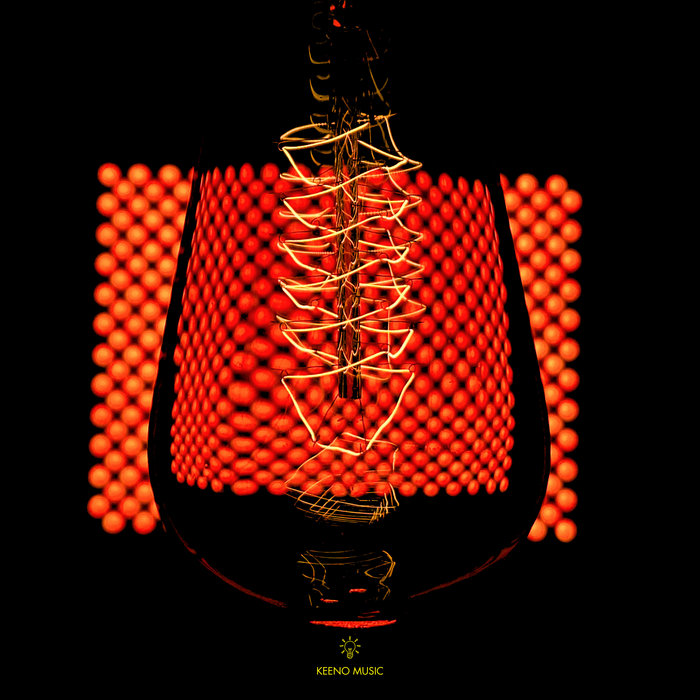
Follow – Keeno
this blog is GROOVY – check out great Soul, Funk, Jazz, Hip Hop, Bass, Breaks , Reggae, House n many more TUNES
Orchestral music, folks! It’s more than just snooze-fest symphonies; it’s a rich tapestry woven from history, emotion, and some seriously funny quirks. So grab your favorite snack because we’re diving into the orchestral waves that have rocked the world of music!
The roots of orchestral music stretch back to the 16th century when various groups began jamming together for court entertainments. But let’s be real—these early gigs weren’t exactly Beethoven-level productions. Imagine musicians trying to get their act together without any conductors or even a clear setlist! It was like a jam session with no groove.
By the late 17th century, composers like Corelli and Vivaldi kicked things up a notch with bigger ensembles. They crafted sweet melodies while audiences said, “Hey! This sounds pretty good!” And thus began our love affair with orchestras.
Fast forward to the Classical era (circa 1750-1820). Enter Haydn, Mozart, and later on, Beethoven—the holy trinity of classical composition. These dudes took orchestration to another level.
The orchestra grew in size during this time too; strings held it down while brass and woodwinds brought all kinds of color and flair—a musical rainbow bursting onto concert halls!
With emotions running high in the Romantic period (around 1820-1900), composers like Tchaikovsky and Mahler cranked up the drama. Picture grand stories unfolding through soundscapes filled with passion. Those crescendos could make anyone weep—or at least inspire some serious air violin-ing.
During Tchaikovsky’s life, he once mistook one of his own pieces for work by another composer while attending a concert. Imagine sitting there thinking you were hearing someone else’s genius only to realize it was yours—awkward!
In today’s age—even though rock ‘n’ roll is king—orchestras still reign supreme in film scores, video games, and even pop collaborations! Think about Hans Zimmer scoring epic films or Yo-Yo Ma collaborating with contemporary artists—it doesn’t get cooler than that!
And hold up; let’s talk about those epic movie scores:
Yeah—that’s orchestrated magic right there! Just think how wild it must’ve been for John Williams when he first thought about using an entire orchestra for Star Wars! The force was clearly strong within him.
Orchesta life isn’t as prim-and-proper as one might assume; musicians can be wildly quirky!
Bizarre Instruments: Ever heard of a theremin? It’s played without touching anything! Just wave your hands around like you’re casting spells—and yes—it looks weird!
Pranks Galore: Orchestra members are notorious pranksters! There are legends about cellists who’d sneakily swap places—not missing a note until they stood out during applause.
Conductor’s Baton Dilemmas: Conductors sometimes lose their batons before concerts due to nerves or misplaced shenanigans by fellow musicians playing practical jokes.
In rehearsals, it’s not uncommon for wind players (looking at you flautists!) to engage in fierce competitions over who can play higher notes without passing out from breath control challenges!
And let’s not forget classic battles between string sections claiming superiority over each other – all live right under those fancy lights!!
Music has always evolved over time—and orchestral music is no different! With genres blending left right & center —from jazz-infused classical jams to electronic-orch compositions—you’ll find orchestras still rocking out today.
Imagine chilling on your couch as an orchestra plays hits from your favorite video game soundtrack live… yeah buddy—it exists now!
So here we are—a playful look at how classical became cool again through humorously vibrant tales intertwined throughout its history.
Whether you’re breaking free from bland notions or preparing yourself for true auditory bliss next time you hear Vivaldi or watch an animated flick extravaganza full blast—all roads lead back into harmonious unity provided by these seasoned pros wielding bows & big brass instruments alike making pure magic happen every day stage-side…
Next time someone says “orchestra,” remember all those hidden gems lurking beneath tuxedos & gowns—they’re groovier than you’d ever imagine! Now go listen—you’ll thank me later 😉

Follow – Keeno

Chant for Don Cherry – Ancient Infinity Orchestra

Le Ore che contano – Piero Umiliani
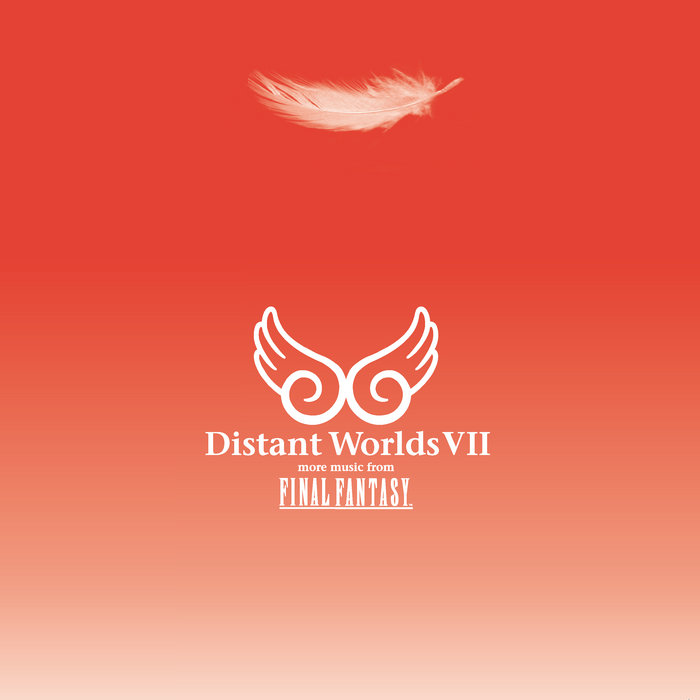
FINAL FANTASY XVI – Away – Distant Worlds: music from FINAL FANTASY
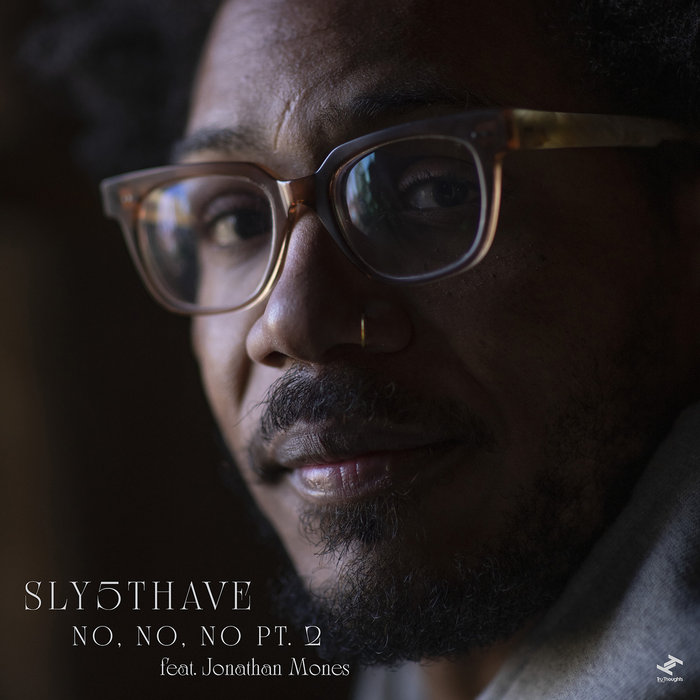
No, No, No Pt. 2 feat. Jonathan Mones – Sly5thAve
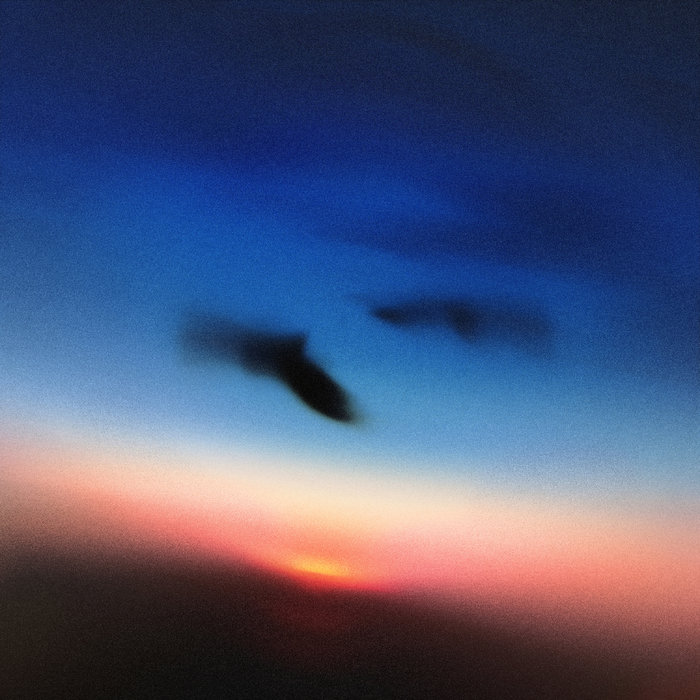
Sunday Morning (featuring Elton Aura & Whitney) – Resavoir

Yves – Sinj Clarke
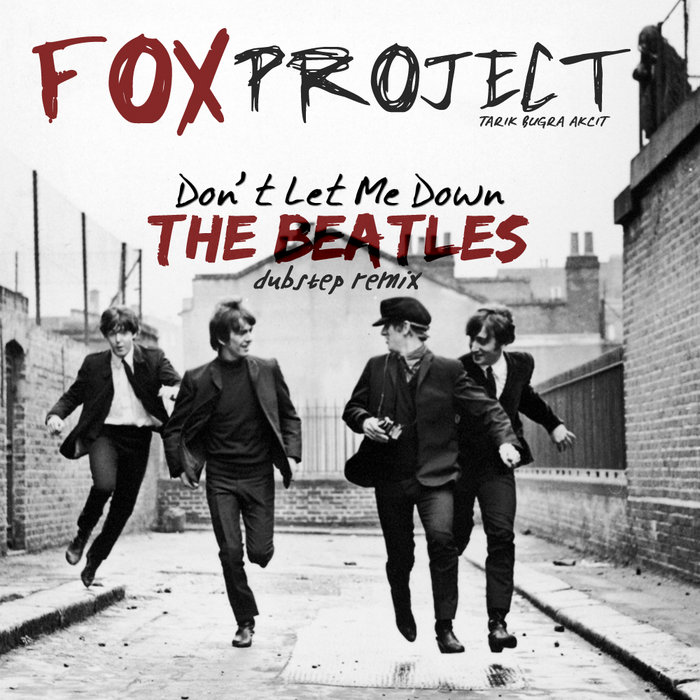
Don't Let Me Down (The Beatles Dubstep Remix) – Buura
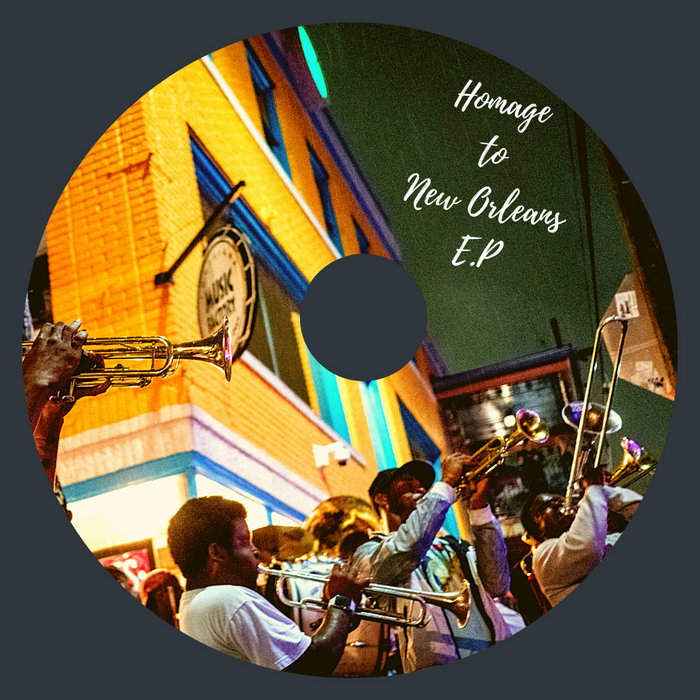
Mardi Gras – Nicolas Kluzek

Antonella – Nicolas Kluzek